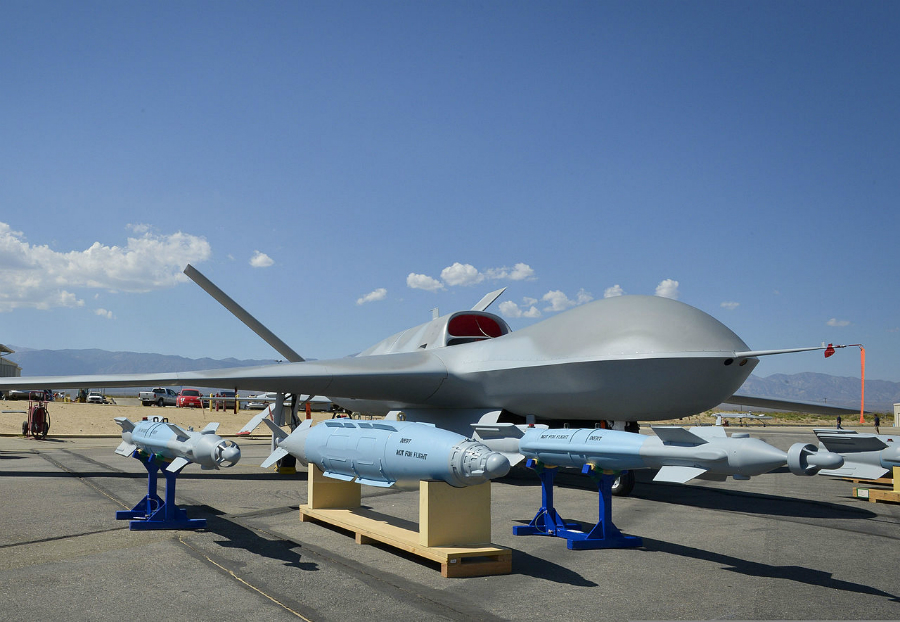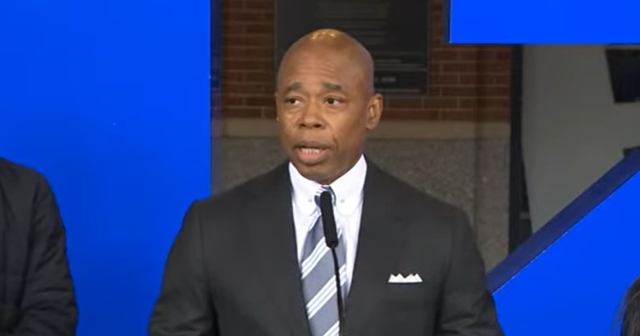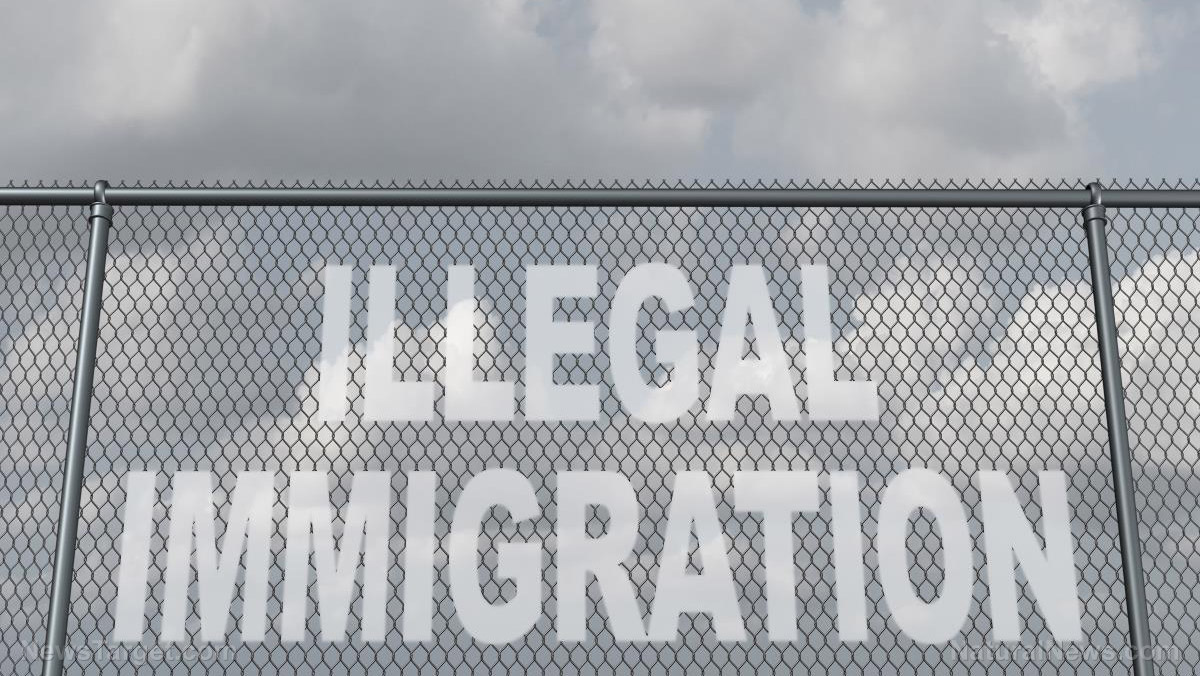
Advertisement
(NationalSecurity.news) The Air Force relies heavily on its fleet of armed drones to conduct operations all over the world, especially against targets in the Islamic State, Afghanistan and Pakistan. But in recent months a number of the service’s most advanced hunter-killer drone, the Reaper, have been failing in flight but it’s not clear why.
As reported by the Washington Post, the Reaper has been plagued with a series of electrical failures that have caused the two-and-a-half-ton unmanned aircraft to lose power suddenly and fall from the sky, according to accident investigation documents the paper obtained via the Freedom of Information Act.
Thus far investigators have managed to track down the problem to a bad starter-generator, yet they still do not know why the part fails or how to fix it so that it doesn’t fail.
The Post noted further:
All told, 20 large Air Force drones were destroyed or sustained at least $2 million in damage in accidents last year, the worst annual toll ever, according to a Washington Post investigation. The Pentagon has shrouded the extent of the problem and kept details of most of the crashes a secret.
Since 2001, the paper said, there have been more than 400 major accidents involving U.S. military drones. According to this Post interactive database, there have been 237 “Class A” drone accidents in that time period – accidents that destroyed the drone or caused at least $2 million in damage.
The losses have meant it has become more difficult for the Air Force to provide hunter-killer drones in all of the theaters where they are being requested – including Yemen, Iraq, Syria, Afghanistan, Somalia, Cameroon and others.

There are other issues as well. There was a surge in requests from field commanders last year but because of a shortage of drone pilots for the aircraft missions were cut back by 8 percent. The service has begun offering retention bonuses of up to $125,000 to keep drone pilots, many of whom have complained of being overworked, the Post noted.
“While the MQ-1 Predator and MQ-9 Reaper [drones] have a relatively low purchase cost (approximately $4 million and $17 million respectively), the primary budgetary constrictions come from the manpower end of the equation,” Frank Spano, an Air Force veteran, former federal agent, and current Executive Director of the Counterterrorism Institute, told NationalSecurity.news in an email. “What ground commander wouldn’t want a low risk, highly capable, extended duration ISR and engagement asset in his or her back pocket?
To meet the rising demand, the Air Force has taken to farming out some of its missions to military contractors.
Matt Dooley, Principal Consultant for Robotics and Autonomous Systems at John H. Northrop & Associates and an Iraq vet, told NationalSecurity.news that drones “continue to fulfill three high-demand capability profiles/requirements that are useful to the types of low-intensity conflicts witnessed over the last decade” – mission duration; direct and easier access to targets; and less-detectable presence.
See also:
NationalSecurity.news is part of the USA Features Media network of sites. For advertising opportunities, click here
Submit a correction >>
Advertisement
Advertisements















